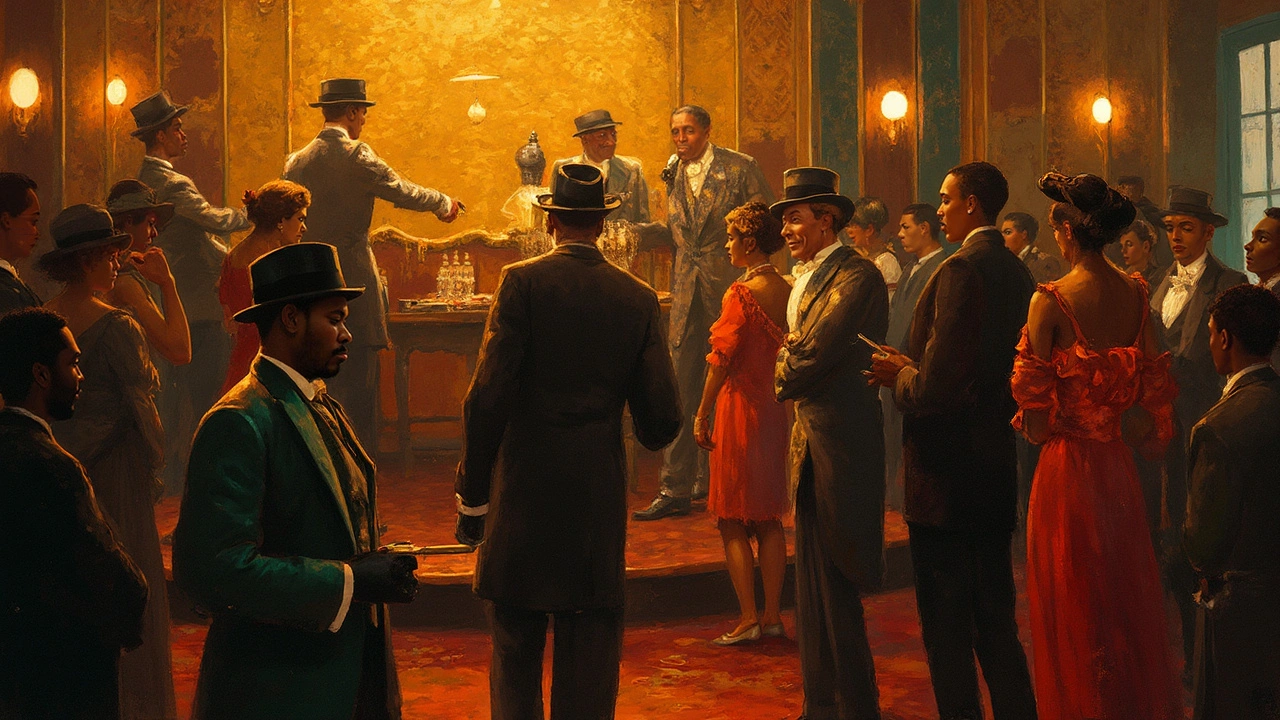Harlem History: From the Renaissance to Today
If you think Harlem is just a neighborhood in New York, think again. It’s a cultural powerhouse that reshaped Black identity, music, literature, and visual arts. In this guide we’ll break down the key moments, the people who drove them, and why they still matter.
The Harlem Renaissance: A Creative Explosion
During the 1920s and early 1930s a wave of Black artists, writers, and musicians converged in Harlem. Figures like Langston Hughes, Zora Neale Hurston, Duke Ellington, and Aaron Douglas turned the streets into a living gallery. Their work celebrated African‑American life while demanding respect from mainstream America.
What made this period special? First, the Great Migration poured talent from the South into the city. Second, new black publications—The Crisis, Opportunity—gave creators platforms they’d never had before. Finally, clubs like the Cotton Club and the Apollo Theater turned Harlem into a performance hub that attracted white audiences eager for “authentic” jazz.
Key Figures You Should Know
Aaron Douglas: His murals blended African motifs with modernist geometry, setting a visual tone for the movement. Langston Hughes: The poet’s simple, rhythmic verses captured everyday Black experiences and sparked countless imitators. Duke Ellington: He turned jazz into sophisticated orchestral music, proving that Black musicians could command large concert halls.
These creators didn’t work in isolation. They fed off each other’s ideas, turning Harlem into a collaborative studio. That synergy is why the Renaissance still feels fresh—a mix of poetry, paint, and swing that still influences today’s artists.
Why Harlem History Still Matters
Fast‑forward to modern times: hip‑hop, street art, and contemporary Black literature all trace roots back to the Renaissance. When you see a mural in Brooklyn echoing Douglas’ style or hear a rap lyric that nods to Hughes, you’re witnessing the same cultural current.
Understanding Harlem’s past also helps us see today’s social issues in context. The neighborhood’s struggle with gentrification mirrors earlier battles over ownership of cultural space. Knowing the history empowers residents and visitors to protect what makes Harlem unique.
Want a quick way to explore? Check out local tours that focus on historic sites like the Harlem YMCA, the Apollo Theater, and the Schomburg Center for Research in Black Culture. Each stop tells a story you won’t get from a textbook.
In short, Harlem history isn’t just about dates; it’s about living creativity that still shapes art, music, and identity. Keep an eye on local galleries, community events, and online archives—you’ll find the legacy alive every day.

